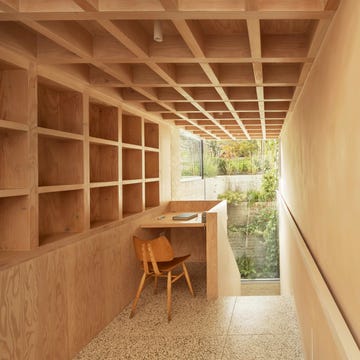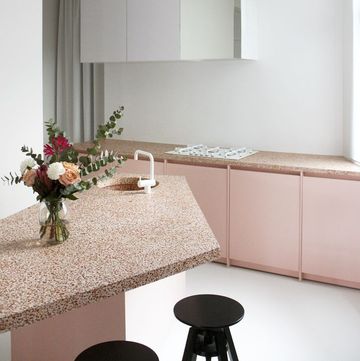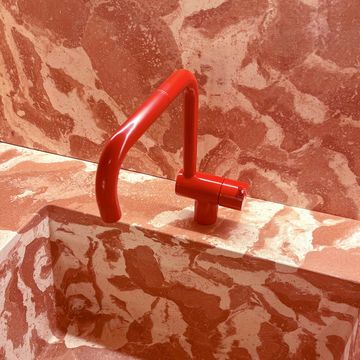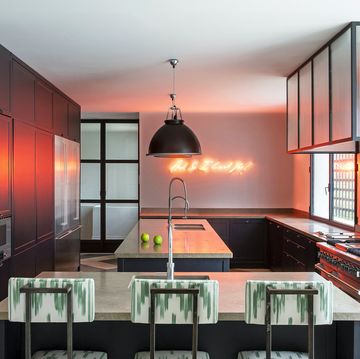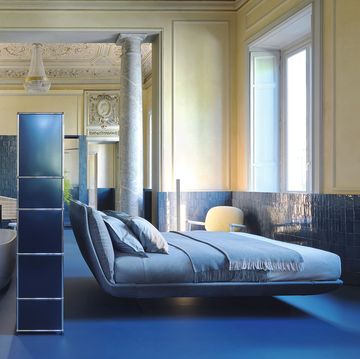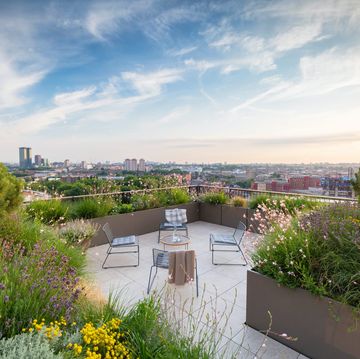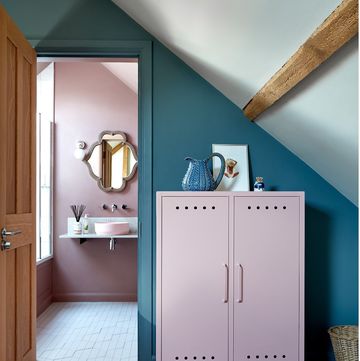Of all the interiors trends to emerge over the past decade, a taste for mid-century Scandinavian design has arguably been the most enduring. Indeed, the style that came out of Sweden, Norway, Denmark and Finland during the 20th century has been so popular, it even has its own catch-all moniker: ‘Scandi’ design, a term for the region’s low-key, honest and minimalistic aesthetic.
‘It’s a trend because it’s about quality – that’s what sets it apart,’ says Nina Hertig, the Danish co-founder of the interior-design practice Sigmar. ‘As a whole, Scandinavian furniture is better. When you’re familiar with that, anything else is really disappointing.’
Hertig recently opened Ælfred, a 300-square-metre warehouse perched beside the canal in Hackney Wick, east London. It’s the largest showroom of mid-century Scandinavian furniture in London and will feature a rolling supply of carefully selected secondhand furniture, cutlery, antiques, accessories and glassware, all delivered directly from the Nordic countries.
What's everyone reading?
A curated fleamarket of over 600 pieces that needs to be explored first-hand, Ælfred is an antidote to the copied pieces of Scandi design that have been sold predominantly online in recent years.
‘People want to buy better, but they don’t know how,’ says Hertig. ‘The more you touch and see, the better you become at judging quality. Rather than putting everything online, we want to celebrate the dying art of discovering treasures in real life.’
High-street rip-offs succeed, in part, because many people assume that buying the vintage real deal is ludicrously expensive but, at Ælfred, that couldn’t be further from the truth. ‘Our prices start at £10 and nothing costs more than £2,500.’
Based a few miles away from Ælfred in a Victorian factory building on the banks of the River Lea, House of Twenty sources and refreshes mid-century Nordic furniture in-house, has an online shop and also offers a bespoke refurbishment service. Founder Natalie Harding’s father used to run a furniture factory in High Wycombe, next to those who made crafted pieces for brands like G Plan and Ercol.
Harding is drawn mainly to Danish design because, ‘I like unfussy things. People want calm, serene and functional spaces now, and Danish furniture has always been like that,’ she explains. ‘It endures and it isn’t faddy.’
She often refurbishes pieces to an exact specification from a customer, whereby they can ‘pick fabric, wood colouring and inner foam, to customise an item while still retaining the original structure’. Her love for Scandi design is based on the same principle as Hertig’s. ‘The quality is amazing. All the pieces we have now are from the 1950s and 60s and they’re all immaculate,’ she says. ‘You’re working on something that has already stood the test of time. People like the sustainability of that.’
The rules: how to shop for Scandinavian design
What you need to know before you begin your Scandi treasure hunt
Invest in classics Look for under-the-radar, timeless designs that have great resale value. ‘The models we have at House of Twenty from Danish designer Kai Kristiansen are just beautiful,’ says Harding. ‘Those will always be investment pieces.’
No brand? No problem ‘We’re getting in a lot of Danish folk art and furniture, made by unnamed individuals,’ says Hertig. ‘They’re really personal pieces that were never meant to be mass-produced. People are more willing to love imperfections these days – they make items more special.’
Keep it natural ‘Consider pieces that mix different natural materials, such as the ‘Model 71’ teak and paper-cord dining chairs designed by Niels Otto Møller for JL Møllers in the 1950s,’ says Harding.
Look for tactile materials ‘I’d advise shopping for mouthblown glass,’ says Hertig. ‘We’re all used to moulded glass, and this is such a different experience to hold and use.’
Choose quality wood ‘When things are uncertain, people seek stability and security, especially in their homes,’ says Hertig. ‘That’s why I always recommend buying pieces crafted from solid wood. We have some decades-old originals by Finnish designer Alvar Aalto that are so classic and undervalued.’
Repurposed rules ‘I love the pieces we have refurbished in the studio, including the Severin Hansen for Haslev Møbelsnedkeri circular rosewood table,’ says Harding. ‘It’s in excellent condition with a lovely patina and finish.’






